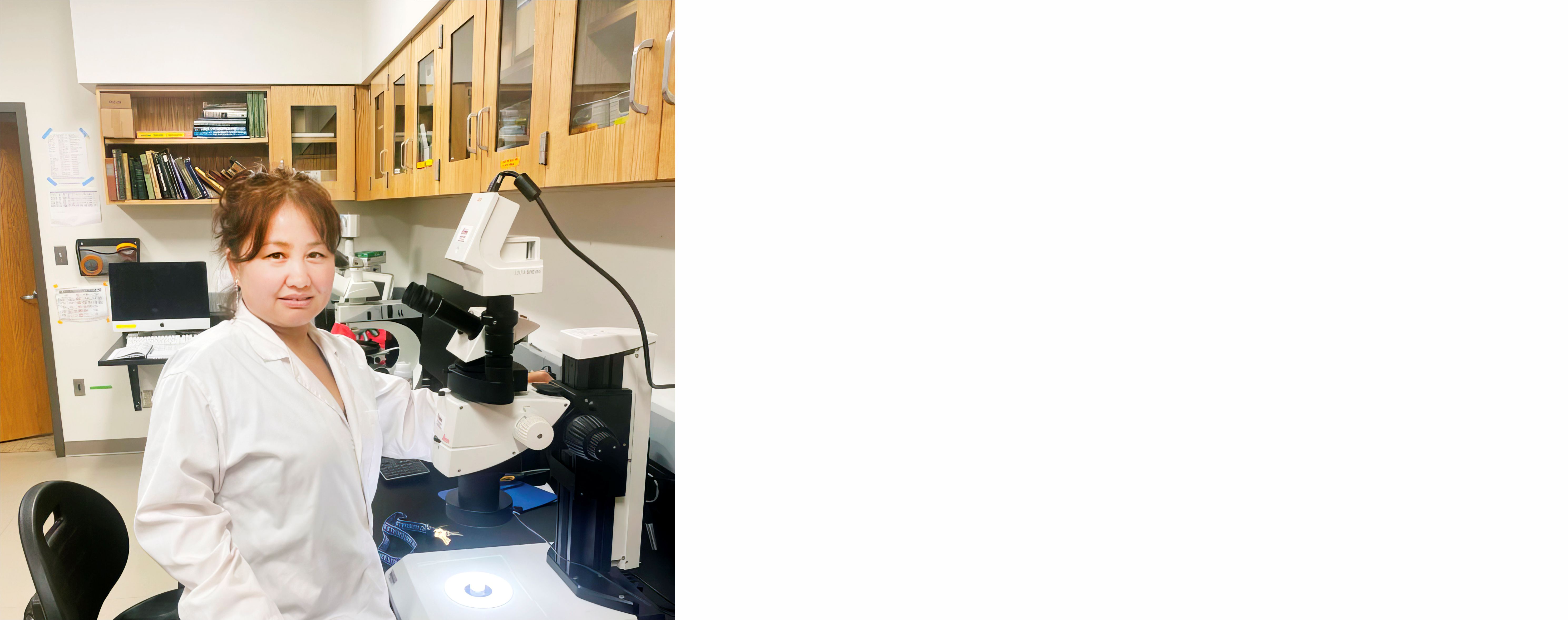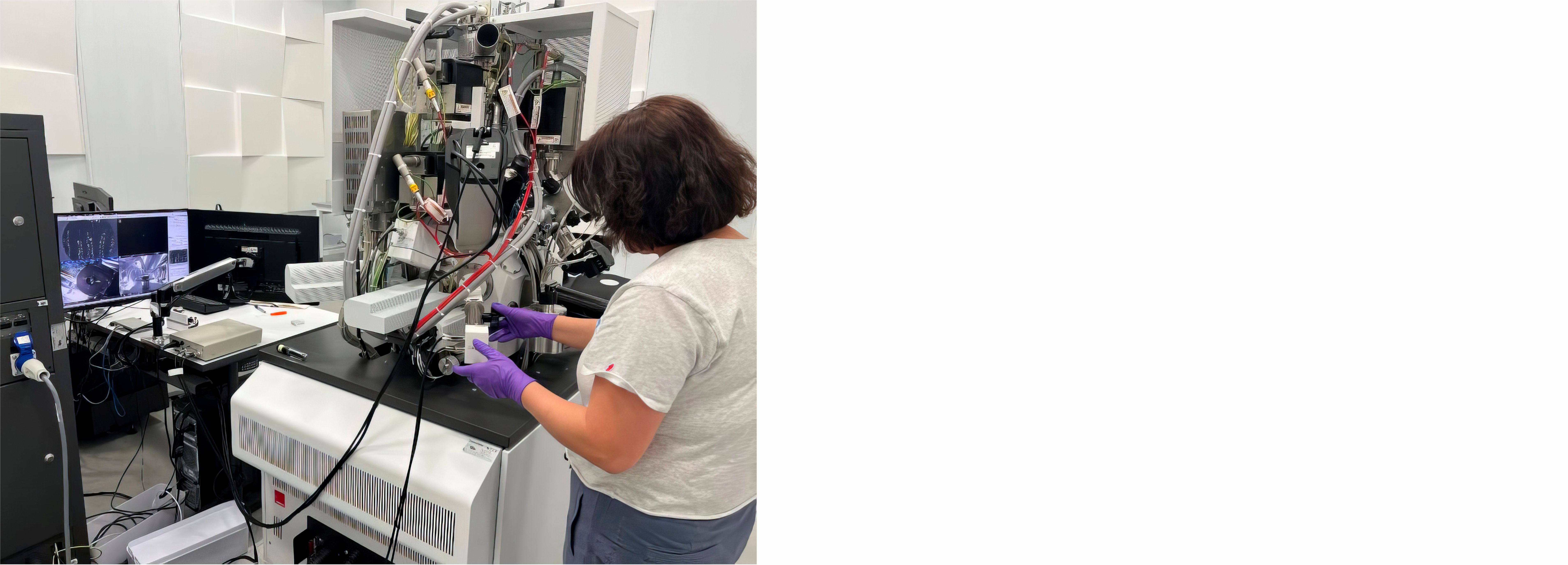Published:
As part of the Bolashak program, samples from sections of Kazakhstan (the greater and lesser Karatau ranges) were studied in the laboratory of Johns Hopkins University.
Sezim Mustapayeva, a PhD and Associate Professor in the Department of Geology at Satbayev University, has been conducting scientific research for several years on the evolution of organic remains in geological sections from the Lower Ediacaran to the Devonian-Carboniferous periods of the Karatau ranges. She has also been involved in the paleogeographic reconstruction of the biocenosis.

In 2022-2023, Sezim undertook a scientific internship in paleontology and stratigraphy at the SMITHLAB laboratory of Johns Hopkins University under the «500 visiting scholars» program. Johns Hopkins University is recognized as a flagship in higher education and ranks 28th in the world university rankings. The university has produced 28 Nobel laureates. The scientific laboratories of the university are equipped with the latest technology, unparalleled in the CIS. During her internship, Sezim was able to conduct chronostratigraphic research in the laboratories and achieve groundbreaking results in her studies:
The internship at Johns Hopkins University significantly contributed to the scientific and professional growth of the doctoral candidate.
«I am grateful to the Head of State, who initiated the «500 Scientists» program. The program gave me a significant boost in becoming an internationally recognized scientist and provided the opportunity to conduct research alongside scientists from a global giant university, mastering new methods of biostratigraphic and chronostratigraphic research. Upon returning to my home country and sharing the knowledge I gained, I made a significant contribution to the development of paleontology and stratigraphy in Kazakhstan. The paleontological sections of Kazakhstan are unique and unmatched in the world. This is evidenced by the geological processes of the glacial period in Earth's history 635 million years ago, preserved in the deposits of the greater and lesser Karatau ranges. I can confidently say that the Bolashak program is the main driving force bringing Kazakhstani science to the global stage», noted S. Mustapayeva.
The positive outcome of the internship led to collaboration between scientists from Kazakhstan and the United States and laid the foundation for a new project between the two countries.

Upon her return, Sezim Mustapayeva was appointed Deputy Chairperson of the Republican Interdepartmental Stratigraphic Council of the Geology Committee under the Ministry of Industry and Construction of the Republic of Kazakhstan. She also continued her work on studying the Devonian-Carboniferous boundary in the sections of the Greater Karatau range, resulting in the development of zonal scales for ammonoids, foraminifera, and conodonts in the Birshogyr section, Western Kazakhstan.
It is worth noting that this year marks the 30th anniversary of the Bolashak international scholarship. The main goal of the program is to prepare highly qualified personnel for the national economy. More than 12,500 graduates work for the benefit of the country in all sectors: government administration, medicine, the agro-industrial and engineering sectors, and many other critical areas that ensure the growth of the national economy.
JSC «Center for International Programs» administers the «500 visiting scholars» scientific internships. It accepts applications, selects scientists, submits the list of candidates to the Republican Interdepartmental Commission, and then monitors and supports the scholars. Complete information on scientific internships, deadlines, and selection criteria can be found on the official website and social media pages.
